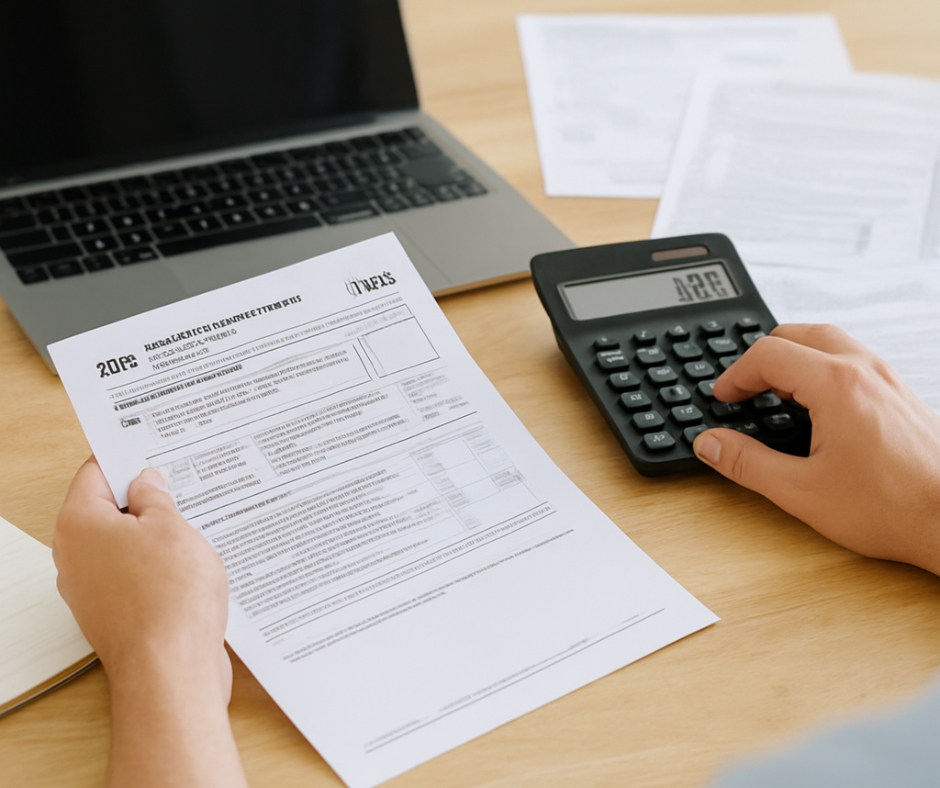In the competitive world of digital marketing, understanding how to use data analytics to improve your Facebook ads can be a game-changer. By leveraging the power of data, you can create ads that resonate with your audience, maximize your return on investment, and achieve your marketing goals efficiently. In this post, we will explore actionable strategies and essential tools to transform your Facebook ad performance using data analytics.
Understanding the Role of Data Analytics
Data analytics provides insights into how your Facebook ads perform and why certain strategies work better than others. By analyzing key metrics, you can pinpoint areas for improvement. Metrics such as click-through rates (CTR), cost-per-click (CPC), and conversion rates are essential for evaluating the effectiveness of your campaigns.
Furthermore, data analytics reveals trends and patterns in user behavior. These insights allow you to fine-tune your targeting, ad design, and messaging. For instance, if data shows your audience engages more with carousel ads, you can allocate more budget to that ad format.
Setting Clear Goals for Your Campaigns
Before diving into analytics, it’s crucial to define your objectives. Are you aiming to increase brand awareness, drive website traffic, or boost sales? Clear goals guide your data analysis and help you focus on relevant metrics.
For example, if your goal is to generate leads, tracking the cost per lead (CPL) and lead conversion rate will be more meaningful than simply monitoring impressions. Goal-oriented analysis ensures your campaigns align with your business objectives.
Tools for Facebook Ad Analytics
To analyze your Facebook ad data effectively, you need the right tools. Facebook Ads Manager is a powerful platform for tracking and evaluating campaign performance. It provides comprehensive insights into audience engagement, ad spend, and results.
Additionally, tools like Google Analytics and third-party platforms such as Hootsuite or Sprout Social can complement your analysis. These tools offer advanced reporting features and can integrate with your Facebook campaigns for a holistic view of your marketing efforts.
Optimizing Ad Performance
Once you’ve gathered data, the next step is optimization. Begin by identifying underperforming ads and analyzing why they fall short. Are the visuals unappealing, or is the call-to-action (CTA) unclear? Use A/B testing to experiment with different variables and determine what works best.
Moreover, segment your audience based on demographics, interests, and behaviors. Personalized ads tend to perform better because they address specific needs. For instance, targeting users who recently interacted with your website can increase the likelihood of conversions.
Measuring Success and Adjusting Strategies
Success in Facebook advertising is not static. Continuously monitor your campaigns and adjust strategies based on performance data. Regularly updating your ads ensures they remain relevant and engaging.
Reviewing reports weekly or bi-weekly helps you stay on top of trends. If you notice a decline in engagement, tweak your targeting or refresh your creatives. Consistent optimization keeps your ads effective and your ROI high.
Key Takeaways
To improve your Facebook ads with data analytics, focus on understanding metrics, setting clear goals, using the right tools, and optimizing based on insights. Remember, success comes from consistent analysis and adjustment. Data analytics is your roadmap to creating impactful and profitable ad campaigns.













